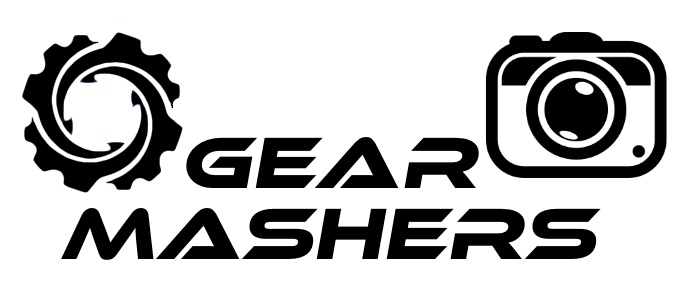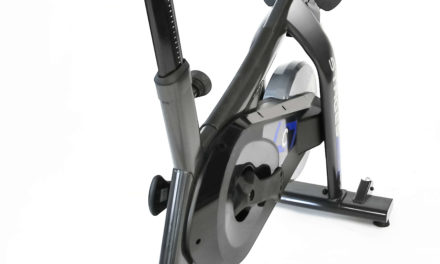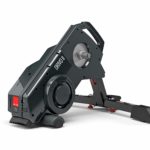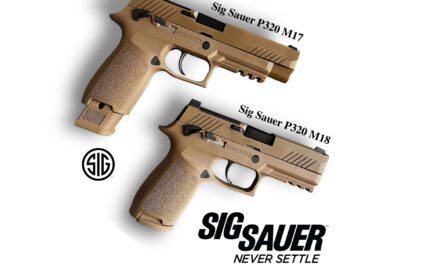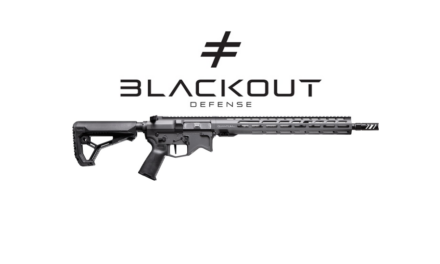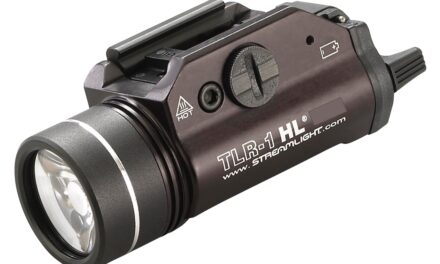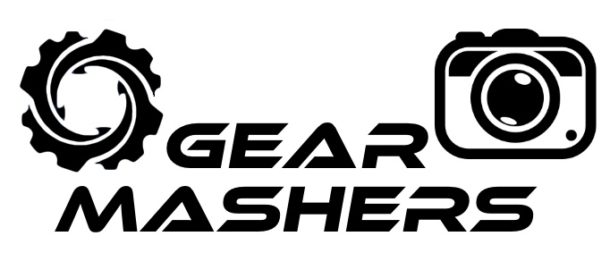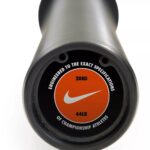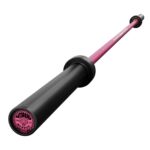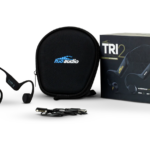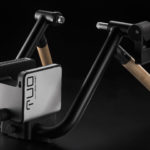
Red Dot Optics For Pistols
LET’S START WITH THE BASICS: WHAT IS A RED DOT OPTIC?
A red dot sight is a type of optic primarily utilized at shorter ranges, typically around 100 yards or less. Known for their user-friendly nature, these sights simplify aiming, making them particularly beneficial for novice shooters. The term “red dot” accurately describes the sight, as it features a red dot as the reticle when viewed through the device. A reticle, in this context, refers to a dot or line on an optical device, such as red dots or scopes, serving as a measuring scale to locate objects.
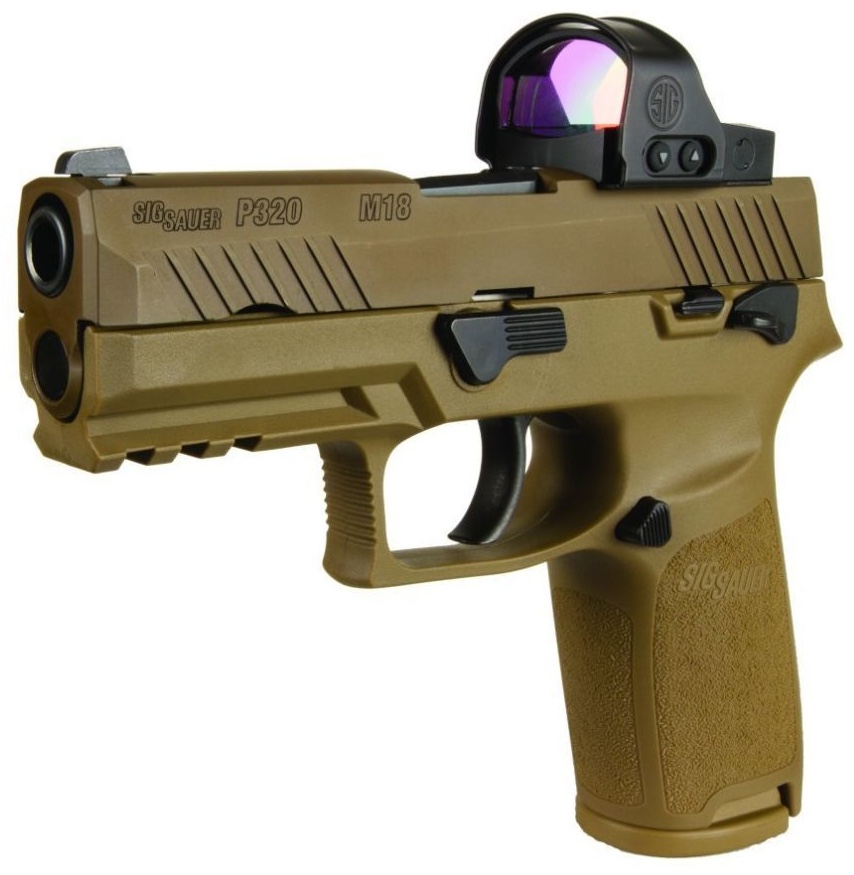
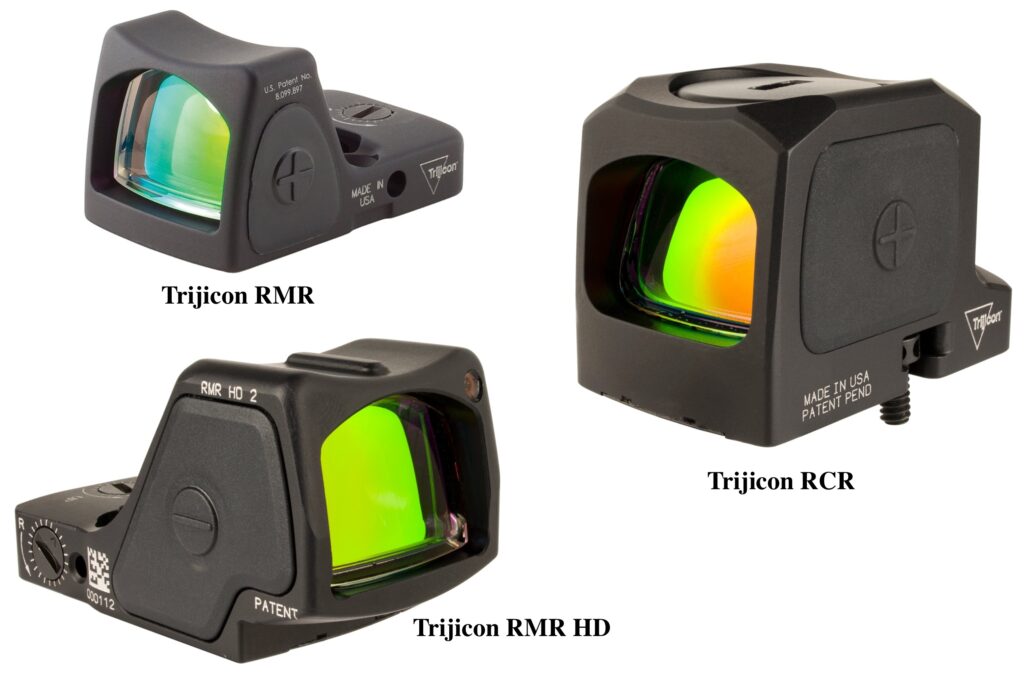
Reflex Vs Red Dot?
While all reflex sights fall under the category of red dot sights, it’s important to note that not all red dot sights are reflex sights.
One popular example of a reflex sight is the RMSc red dot, which is specifically designed for compact and subcompact handguns. The RMSc red dot offers a low-profile design with quick target acquisition, making it a favorite among concealed carry users.
Reflex sights, known for their affordability, are particularly well-suited for close-quarters shooting as they lack magnification.
Most pistols using red dot sights will have Reflex sights mounted on them.
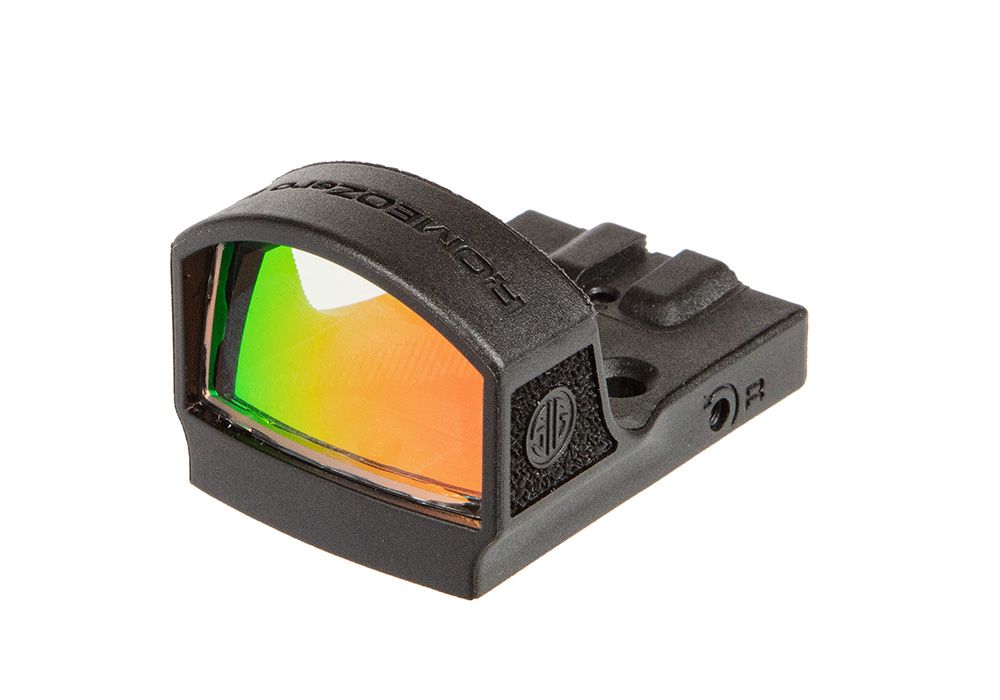
Comparison: Open vs. Enclosed Red Dot Sights For Pistols
Red-dot sights designed for pistols fall into two distinct categories: open and enclosed. Open red dots have a longer history, featuring a laser positioned in the base of the housing that projects a beam towards a glass objective to form an aiming point. On the other hand, closed red dots for pistols, a relatively recent development, function similarly to open red dots. The key distinction lies in the fact that the emitter housing is entirely enclosed and typically filled with nitrogen to prevent internal fogging.
While both types serve the same purpose, closed red dots offer the advantage of being impervious to the elements, unless the housing is compromised. Open pistol red dots can achieve a degree of water and debris resistance comparable to closed red dots. However, they run the risk of dirt or water obscuring the laser emitter and both sides of the objective. Although the dot itself remains usually unaffected, cleaning them effectively can be challenging. In contrast, any dirt or debris on a closed dot can be swiftly wiped away, ensuring a prompt return to optimal functionality.
NOW, HOW DO RED DOTS OPERATE?
Red dot sights typically employ a red LED (Light Emitting Diode). This design ensures that the red dot reticle remains aligned with your firearm, regardless of eye position. The red dot is created using a tilted spherical mirror that reflects the red LED. This mirror is coated to permit only red light, giving the sight its “red dot” name. This design enhances visibility when aiming against darker backgrounds or in forested areas. The LED’s low energy consumption allows red dots to last hundreds or even tens of thousands of hours, depending on the brightness setting. Importantly, the mirror’s positioning ensures that the red dot is visible to the shooter but remains unseen from the opposite side, minimizing the risk of alarming animals in low-light conditions.
WHAT ABOUT MOA?
MOA stands for “minutes of angle” and refers to the dot size and its coverage at a specific distance. For instance, a 2 MOA red dot is smaller than a 6 MOA one. One minute of angle is roughly equivalent to one inch at a 100-yard distance. Consequently, if you have a 3 MOA red dot sight and you’re aiming at a target 100 yards away, all shots will fall within a 3-inch area, assuming consistent aim. Larger red dots are advantageous for fast-moving targets at close range, while smaller ones offer greater precision for longer-distance shots.
The most common sizes of MOA
- 1 MOA – Good for precision shooting where you need pinpoint accuracy and you need to see more of the target.
- 3.25 MOA – Seems to be a good compromise for fast acquisition and accuracy
- 6.5 MOA – Good for speed oriented sport shooting and being able to acquire the target faster.

1 MOA spreads out roughly 1″ per 100 yards. So as you increase the range, the MOA encompasses more area, which in turn becomes less reliable when trying to hit smaller targets. Add to that the range, wind and so forth also take away from the reliability of the shot.
At 800 yards, the 1 MOA red dot would roughly represent 8″. Which means you could miss a target by at least 7″ even if the red dot is on the target. Now of course if you are using a 3.25 or 6.5 MOA, the accuracy at longer ranges is going to get much worse.
HOW FAR CAN RED DOT SIGHTS REACH?
The effective range of a red dot sight depends on various factors, including dot size, environmental conditions, daylight, target size, and more. Typically, without magnification, a red dot sight allows accurate aiming at targets up to 100 yards away, if not more.
CHOOSING THE RIGHT RED DOT SIGHT FOR YOU
When selecting a red dot sight, consider two key factors: whether you prioritize higher precision at longer distances or the ability to quickly and accurately target fast-moving objects at a moderate range. Red dots with 3 MOA or less are ideal for precise target shooting, while those with 3 MOA to 5 MOA offer a balanced option for both speed and accuracy. Red dots larger than 5 MOA are excellent for swift aiming and shooting, particularly when pursuing fast-moving game.
Best Red Dot Sights for most users
There are a few higher end brands that make excellent Red Dot Sights including. My advice is to stick with these 4 manufacturers as they make excellent sights and are easier to sell, should you decide to upgrade to a newer one at some point.
- Sig Sauser – SIG Sauer ROMEO2
- Holosun – Holosun HE509T-RD XT
- Leupold – Leupold DeltaPoint Pro
- Trijicon – Trijicon RMR HD Red Dot Sight or Trijicon RMR Type 2 Red Dot Sight or Trijicon SRO
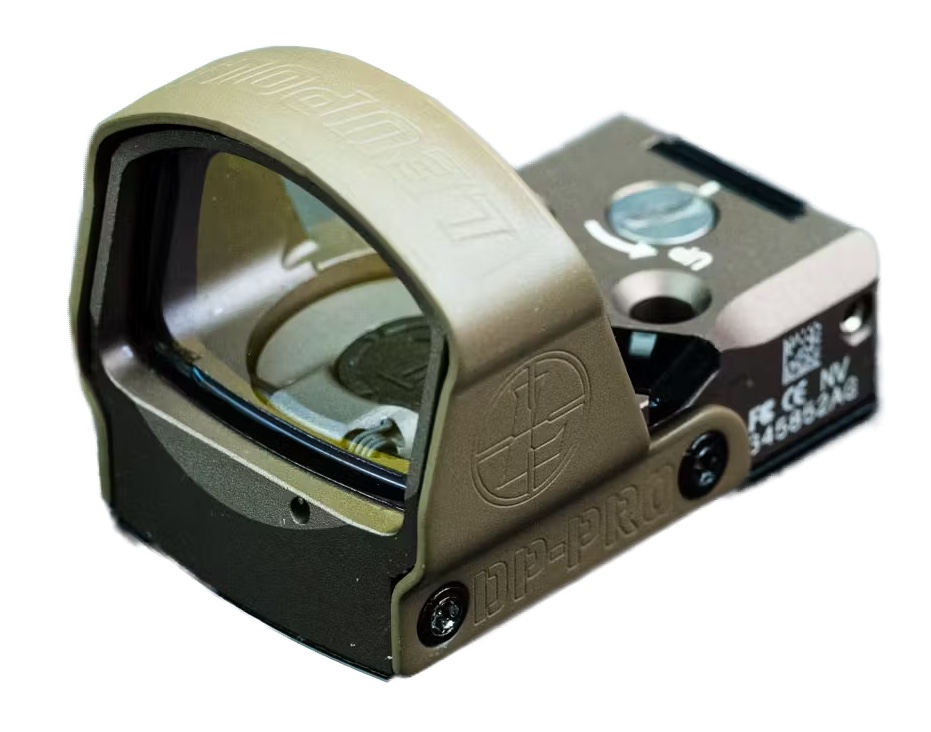
Considerations When Choosing a Pistol Red Dot:
Open or Closed
Navigating the dynamic world of firearm optics, the choice between open and closed red dot sights is a nuanced decision, a delicate dance between swift target acquisition and robust environmental resilience. Unpacking this intriguing dilemma reveals that while enclosed units tend to come with a higher price tag, both options generally offer comparable accuracy, adding an extra layer of consideration to the selection process.
Open Red Dot Sights
Open red dot sights, characterized by a more exposed design, have been a staple in the optics market for a considerable period. In these sights, a laser or LED is positioned in the base of the housing, emitting a beam towards a glass objective to create the aiming point or red dot. The openness of the design allows for a more streamlined and lightweight sight, making it popular for a variety of applications.
One notable feature of open red dot sights is their quick target acquisition, especially in close-quarters scenarios. The user can easily acquire the target by aligning the red dot with the intended point of impact. Additionally, open sights often provide a wide field of view, allowing for enhanced situational awareness.
However, open red dot sights may be more susceptible to environmental elements like water and debris. While many open designs offer decent resistance, there is a possibility of the laser emitter or the objective becoming obscured by dirt or water, potentially affecting visibility.
If you are in the market for a open Red Dot sight, the Trijicon RMR HD is an excellent choice.
Closed Red Dot Sights
Closed red dot sights, a relatively newer design, share the same basic functionality as open sights but with a crucial difference—the emitter housing is completely enclosed. This design choice enhances the sight’s resistance to environmental factors.
The closed design, often sealed and purged with nitrogen, minimizes the risk of internal fogging and protects the internal components from water and debris. This makes closed red dot sights more robust and suitable for challenging conditions, making them a preferred choice for those who require enhanced durability.
While closed red dot sights excel in providing protection against the elements, they may be perceived as bulkier compared to open designs. However, this trade-off is often considered worthwhile for users operating in harsh environments where weather and debris are significant concerns.
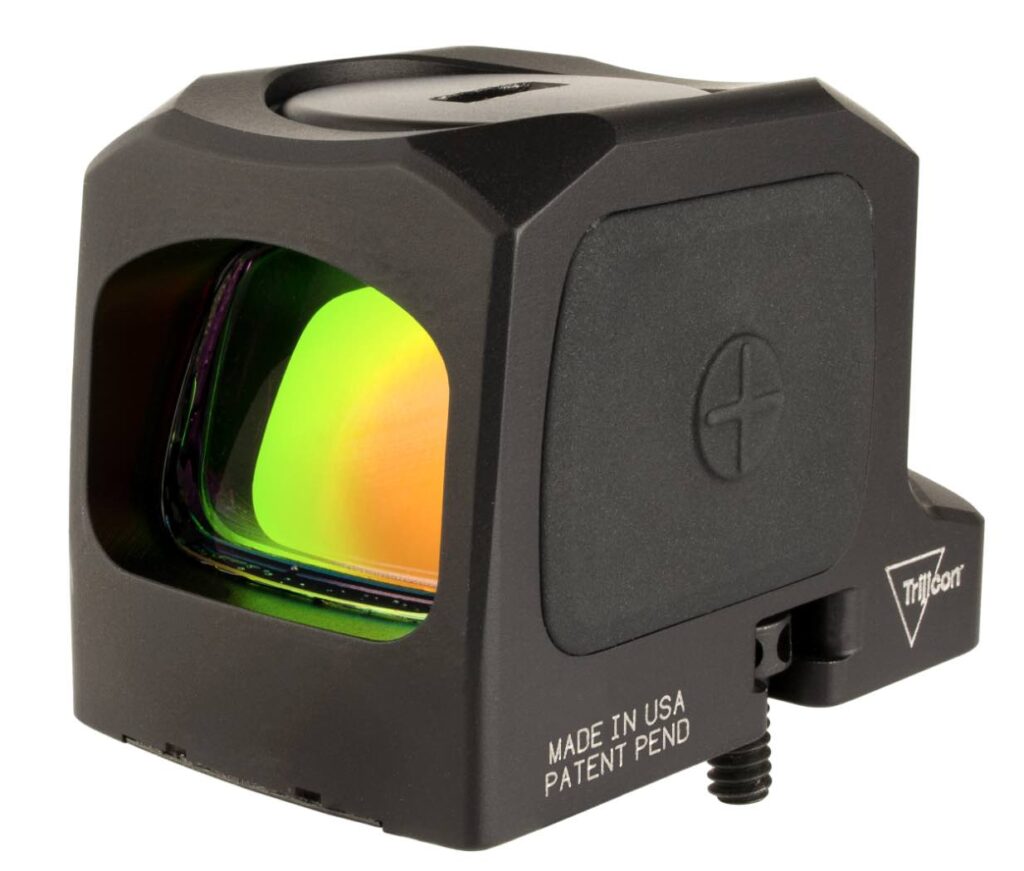
If you are in the market for a closed Red Dot sight, the Trijicon RCR is something to consider. The biggest downside is the retail price of around $849.00, which usually be more expensive than the pistol it would sit on.
Dot Size
The size of the aiming dot on your sight is a crucial factor. While many prefer smaller dots, a tiny 1-MOA dot may not be advantageous at close range. On the flip side, excessively large dots, reaching 10 MOA or higher, can pose challenges, especially in swiftly cleaning an IDPA match. Evaluate your primary application and choose a dot size accordingly. When in doubt, 3- to 5-MOA dots are widely favored for their versatility in hybrid roles.
Battery Life
Pistol red dots are typically battery-powered, commonly utilizing small coin batteries like CR2032 or CR1632. If you frequent the range, a short battery life may not be a major concern, given the affordability and ease of replacing coin batteries. However, longer battery life often comes with a higher price tag, so balance your expectations accordingly.
Battery Replacement
There exists a distinction among red dot sights in terms of battery replacement procedures. Certain models necessitate the removal of the entire sight for the purpose of replacing the battery. In contrast, other designs offer the convenience of replacing the battery without having to dismount the sight from the firearm.
An example of a red dot sight that needs to be removed is the Trijicon RMR Type 2. Both the Trijicon RMR HD Red Dot Sight and the Trijicon SRO don’t require removal.
This divergence in battery replacement mechanisms can significantly impact user experience and operational efficiency. Red dot sights that require removal for battery replacement may demand additional time and effort, potentially disrupting the zeroing and calibration settings. On the other hand, sights that facilitate battery replacement without dismounting enhance user convenience, allowing for a more seamless and efficient process.
Ultimately, the choice between these two designs often depends on individual preferences, specific use cases, and the importance placed on swift and hassle-free battery replacement in the field. Understanding this distinction empowers users to make informed decisions based on their operational needs and preferences.
Water/Debris Resistance
The choice between open and closed dots has been discussed, with closed dots offering better protection. Open pistol red dots, though proven in the field, may face obscurity issues if submerged in mud and water. For situations where an obscured dot is unacceptable, a closed pistol red dot is the safer choice. Note that all dots in this roundup boast an IPX7 waterproof rating, but swimming with one is still not recommended.
Mounting
Mounting a red dot sight is a potentially confusing aspect of purchasing a pistol red dot. Various patterns, such as RMR, Docter, DeltaPoint, SIG Sauer, ACRO, and others, can cause compatibility issues. Before making a purchase, confirm the mounting pattern of your dot and ensure it aligns with your gun’s setup out of the box. In cases of incompatibility, most pistol manufacturers offer conversion kits for a seamless fit.
Cost
Pistol red dots can escalate in price swiftly, and as with many things, the adage “you get what you pay for” holds true. However, it’s essential not to pay for features you won’t use. If you’re experimenting with a red dot for the first time on a general-purpose range gun, there’s no need to invest heavily in a dot loaded with unnecessary features. Consider the primary purpose of your gun/dot combination and choose accordingly. Our list encompasses a diverse range, from premium offerings to affordable yet reliable red dot solutions.
Field of View
The final crucial consideration is somewhat subjective. Generally, a larger field of view on a pistol red dot is preferred. However, this preference is largely a matter of personal perception. Pistol dot objectives come in various shapes, but when measured, they are typically quite similar in size. This is why the advice to “try before you buy” is especially relevant with pistol red dots. If possible, visit a range with rental guns and assess which red dot provides the most favorable view of the target and your surroundings.
